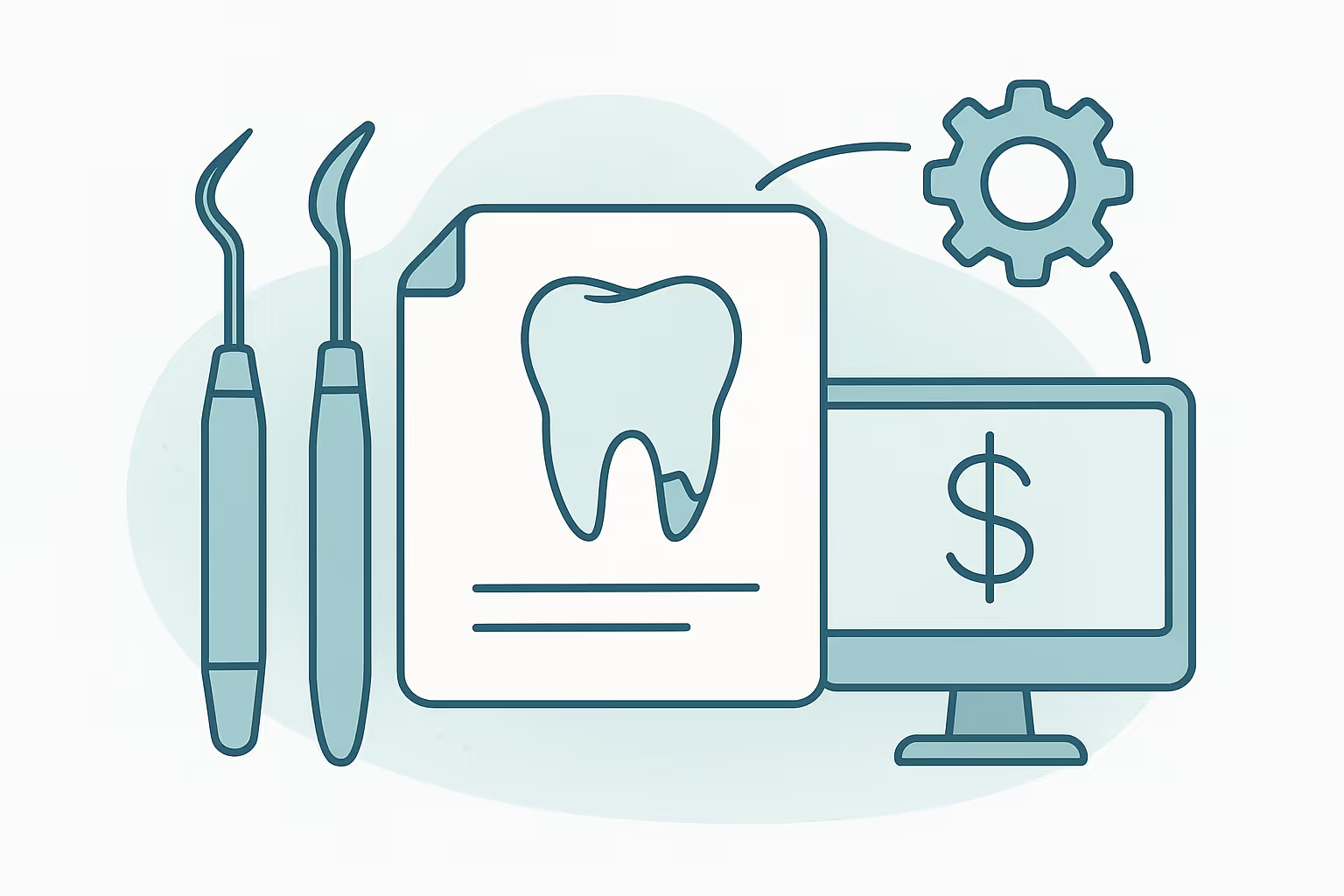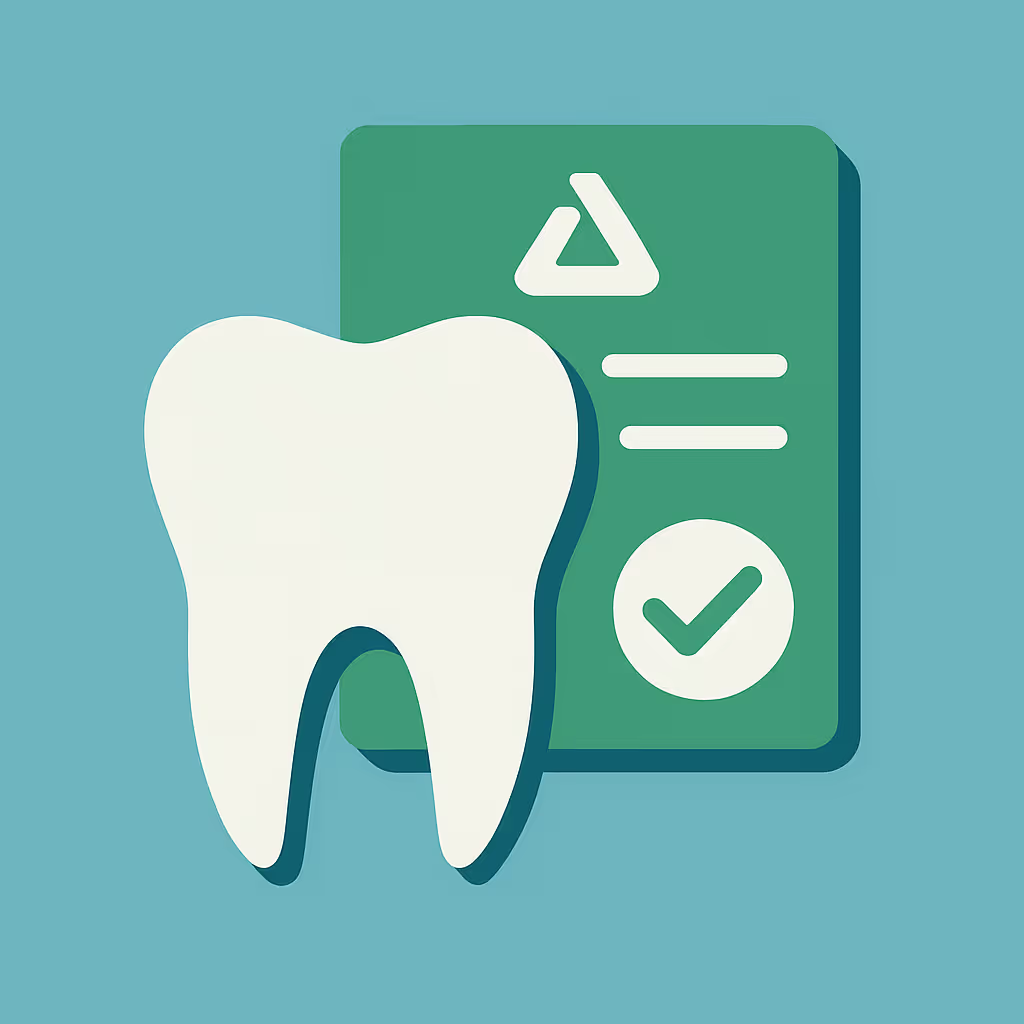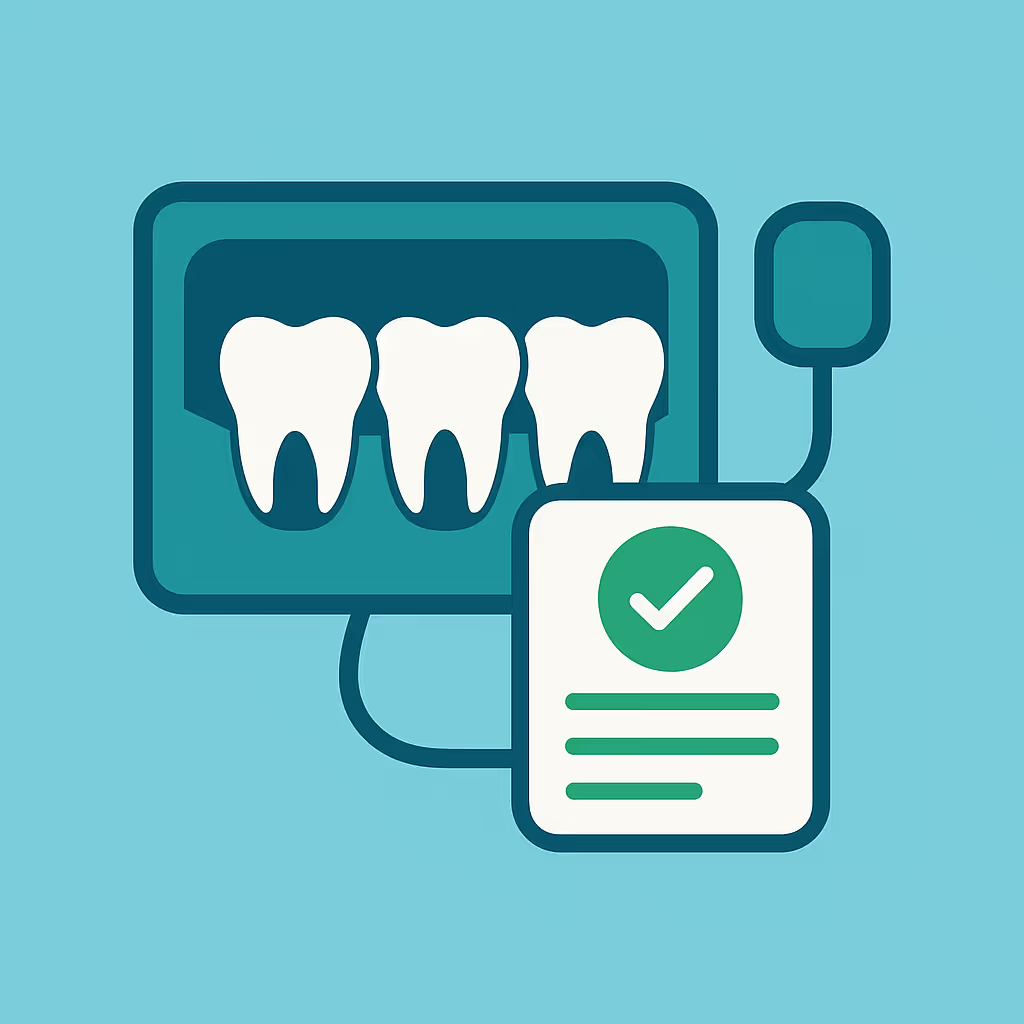Understanding Dental Code D7550
When to Use D7550 dental code
The D7550 dental code refers to a partial ostectomy/sequestrectomy for removal of non-vital bone. This CDT code is specifically used when a dentist or oral surgeon removes a portion of dead or non-vital bone from the jaw, often due to infection, trauma, or complications from previous dental procedures. It is important to distinguish D7550 from other surgical codes, such as those for complete ostectomy or simple extractions, as D7550 is reserved for cases where only a segment of bone is removed and the procedure is more complex than a routine extraction.
Documentation and Clinical Scenarios
Accurate documentation is essential for successful reimbursement when using D7550. Clinical notes should clearly describe the presence of non-vital bone, the extent of the removal, and the reason for the procedure (e.g., osteomyelitis, failed implant site, or post-extraction complications). Radiographs or intraoral photos should be included in the patient record to support the diagnosis and necessity of the procedure. Common scenarios for D7550 include:
- Removal of sequestrum (dead bone fragment) following tooth extraction
- Treatment of localized osteomyelitis
- Managing complications from previous oral surgery or trauma
Always ensure that your clinical documentation matches the narrative submitted with the claim to minimize denials.
Insurance Billing Tips
When billing for D7550, start by verifying the patient’s insurance benefits to confirm coverage for oral surgery procedures. Submit a detailed claim with supporting documentation, including clinical notes, radiographs, and a narrative explaining the medical necessity. If the procedure is related to a previously billed extraction or surgery, reference the original claim and explain why additional intervention was required. Be prepared to respond to requests for additional information (such as EOBs or pre-treatment estimates) and know the appeal process in case of a denial. Successful dental offices often use the following workflow:
- Pre-authorize the procedure when possible, submitting all supporting documentation in advance.
- Submit the claim promptly with a clear, concise narrative and all required attachments.
- Track the claim status in your AR system and follow up with the payer if not processed within 30 days.
- Appeal promptly if denied, providing any additional documentation requested by the insurer.
Proper use of D7550 can help maximize reimbursement and reduce delays in your revenue cycle.
Example Case for D7550
Consider a patient who presents with persistent pain and swelling several weeks after a molar extraction. Radiographs reveal a sequestrum of non-vital bone at the extraction site. The dentist documents the findings, takes intraoral photos, and performs a partial ostectomy/sequestrectomy to remove the dead bone. The clinical notes detail the extent of the necrotic bone, the procedure performed, and the patient’s response to treatment. The claim is submitted with D7550, including all supporting documentation and a narrative referencing the original extraction. The insurer approves the claim, and payment is posted promptly, demonstrating the importance of thorough documentation and proper code use.
For related procedures, such as complete ostectomy, refer to the article on D7260 for more details.





